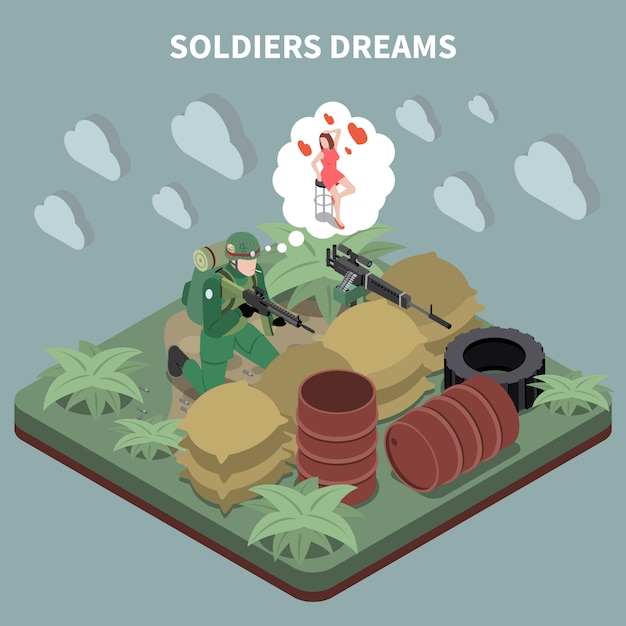
Remember, Remember, the fifth of November
Gunpowder, Treason, and Plot
I know of no reason why gun powder treason
Should ever be forgot.
In November 1605, a meticulously planned conspiracy to overthrow the King of England was approaching its climax. The conspirators intended to detonate an explosion in Parliament to kill the king and replace him with a Catholic leader. However, history unfolds differently than planned, and the plot was exposed. Guy Fawkes was captured in the undercroft beneath the House of Lords while guarding barrels of gunpowder.
Who is Guy Fawkes?
Guy Fawkes was born in 1570 in York, England, to Edward and Edith Fawkes. Although his parents were members of the Church of England, his mother’s family were recusant Catholics, meaning they refused to attend Anglican services and secretly adhered to their Catholic faith. In the 16th century, this defiance was illegal and a direct challenge to the church and the king, often resulting in severe punishment. Following his father’s death, Guy’s mother remarried a Catholic, which likely influenced Guy to convert to Catholicism.
Throughout 16th-century England, Catholics faced harsh penalties for their “crimes,” prompting the formation of the Gunpowder Plot. The Catholic conspirators hoped that their actions would usher in a new era and change English laws in their favor.
Celebrations
The celebration known as Guy Fawkes Night or Bonfire Night commemorates the foiling of the plot to assassinate King James I. In the early 17th century, occasions for public celebration were scarce unless declared by the king. Thus, the annual tradition of celebrating the plot’s failure began, initially driven by strong anti-Catholic sentiments. Revelers would burn effigies of the pope on bonfires, as the conspirators had aimed to place a Catholic ruler on England’s throne.
Present Day Celebration
Today, the burning of pope effigies has ceased since Catholicism is no longer illegal in England. Instead, people burn effigies of Guy Fawkes, though this is sometimes avoided, such as in York, where Fawkes attended school. Nowadays, the focus has shifted from the historical context to the festivities themselves, often referred to as Fireworks Night due to the dazzling displays that accompany the bonfires.
My Experience of the Celebration
Last November, I had the chance to witness the celebrations in Cambridge. I hurried home from work, navigating the crowded streets filled with families, cyclists, and pedestrians. The epicenter of the festivities was Mid-Summer Common, transformed into a vibrant fairground with a massive bonfire.
The fireworks display was truly impressive, especially for a city the size of Cambridge. The atmosphere was lively, with seemingly everyone from in and around Cambridge joining in. Along the river, people camped out to watch and anticipate the fireworks.
A huge bonfire dominated the commons, radiating intense heat even from a distance. Interestingly, there was no effigy on top of the bonfire, which made me wonder if this was a Cambridge-specific tradition or just an exception for that year.
I pondered the historical context that remains in today’s celebrations. Few people I encountered called it Guy Fawkes Night; instead, most referred to it as Fireworks Night, reflecting the signage around the event. It seemed like the historical significance might be fading, replaced by the festive aspects of the night. Regardless, it was a delightful experience to be part of England’s vibrant celebrations, and it made me curious about how much history people remember while reveling each November 5th.